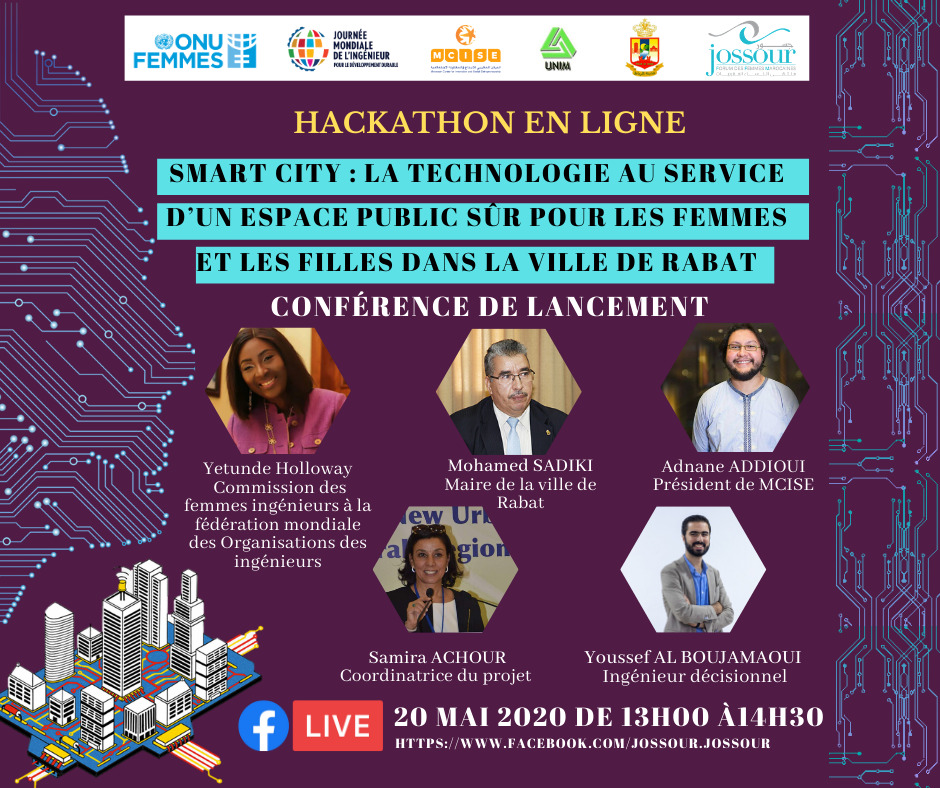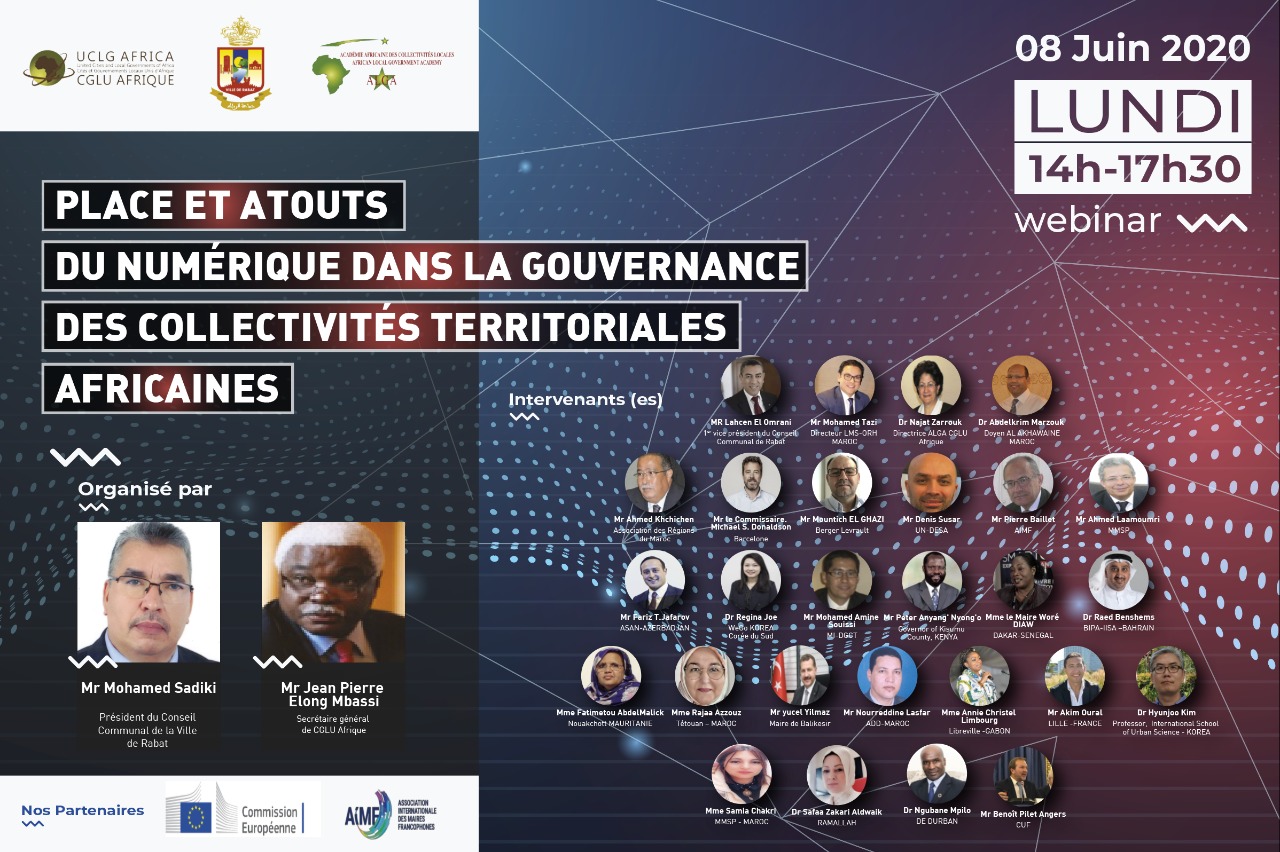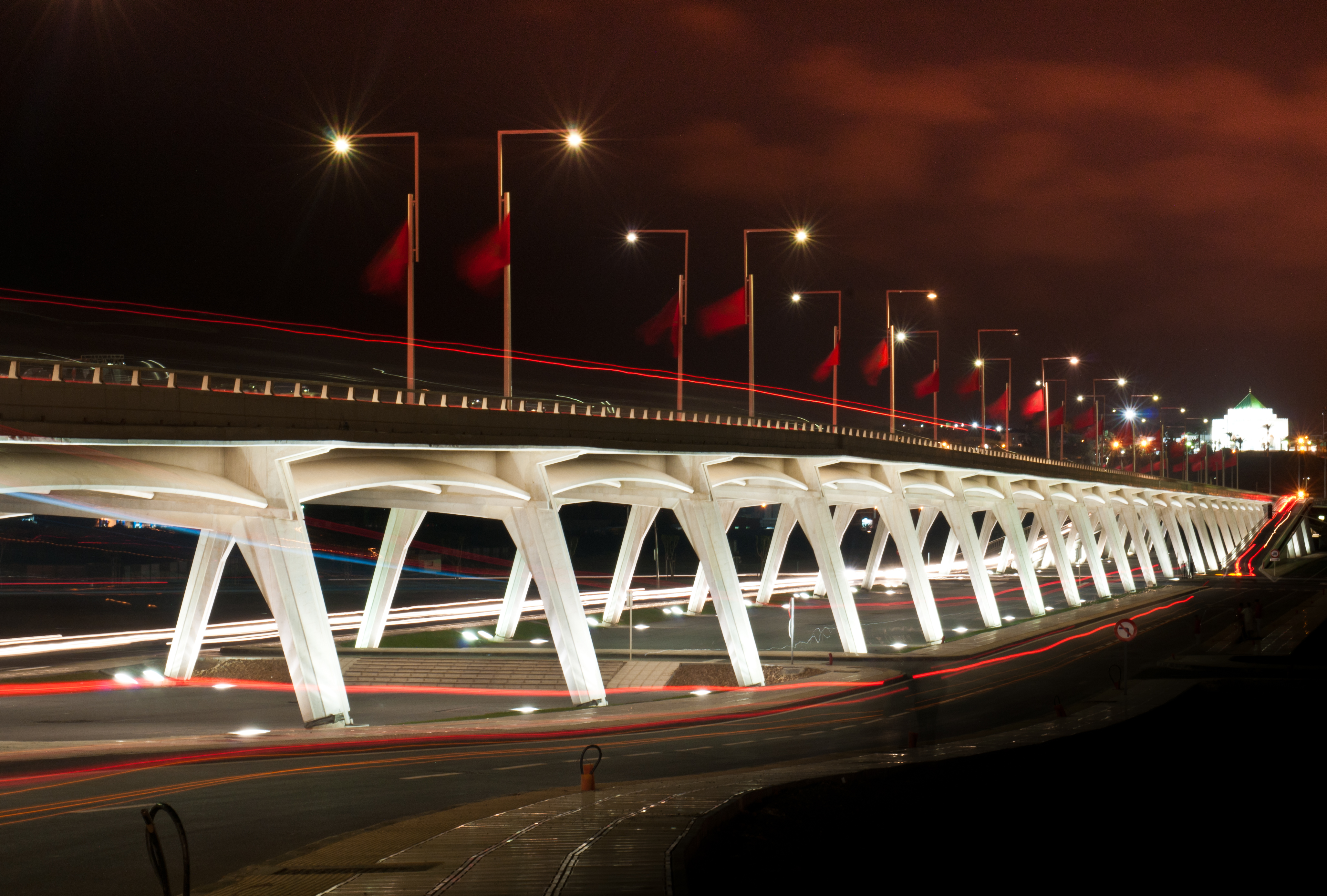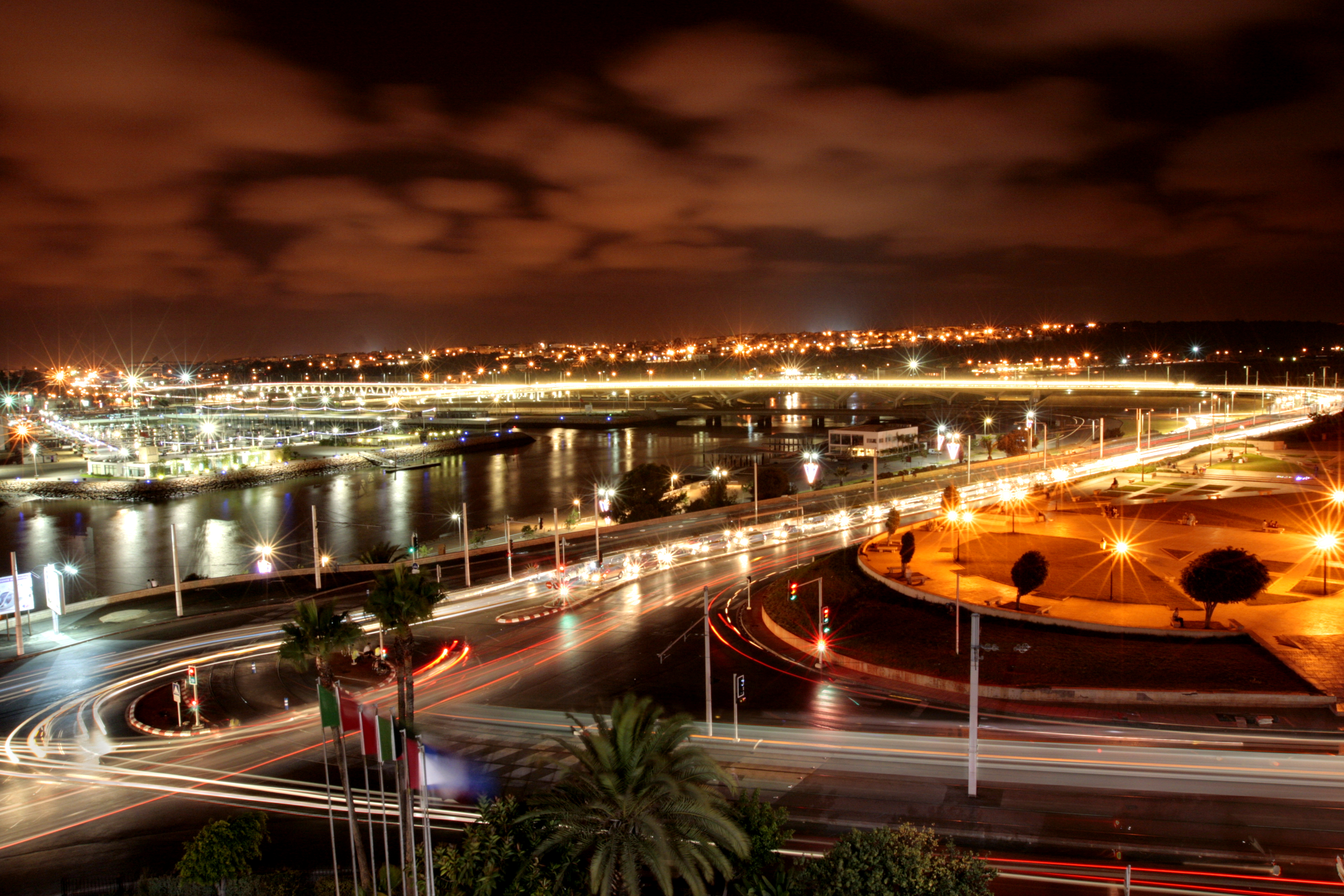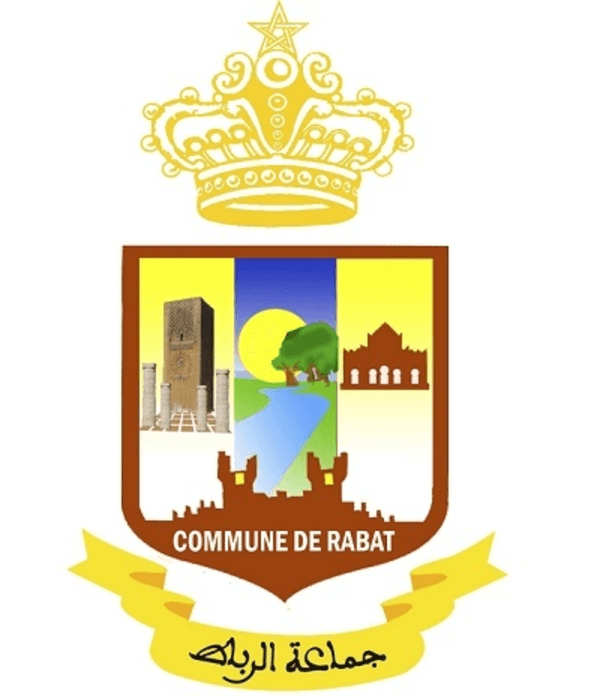Status
ongoing
50%
City
Rabat
Main actors
City Government, National Government, Supranational / Intergovernmental Institutions, Private Sector, Community / Citizen Group, Research Institutes / Universities
Project area
Whole City/Administrative Region
Duration
Ongoing since 2019
A participatory approach towards digital transformation
The City of Rabat is committed to expanding their efforts to provide citizens with better access and improved government services. Using a participatory model that focusses on digital inclusion, the project aims to increase skills, to enhance quality of life, to drive education and promote economic wellbeing across the municipality.
On Map
The Map will be displayed after accepting cookie policy
